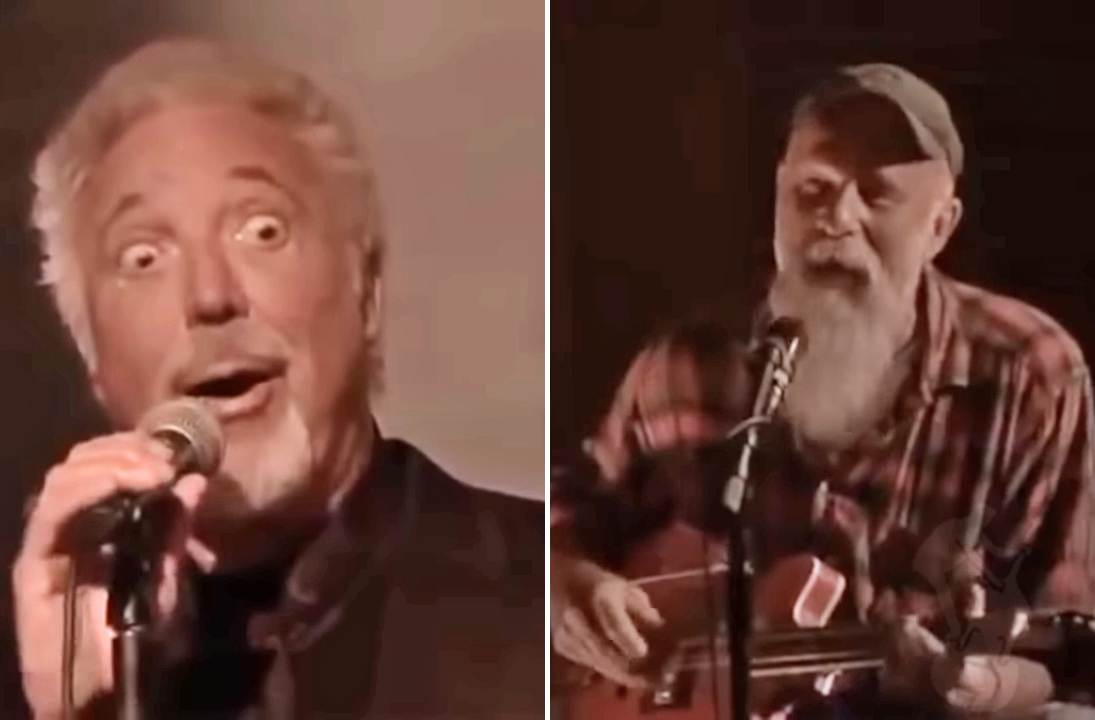Isn’t it a delight when Tom Jones gets raw and gritty? In his prime, Jones was known for being over-produced and styled as a Vegas crooner, with his Welsh roots adding a unique twist. It wasn’t until his 1988 Art of Noise-produced cover of Prince’s “Kiss” that he gained coolness across generations. His voice, a rich Welsh-baritone, has always been his signature, rivaled in full Welshness only by John Cale of Velvet Underground fame, known for popularizing “Hallelujah.”
Now an icon in popular music, it’s a thrill to see Jones perform stripped-down on television, sometimes without any backing. This particular video features an electric guitar amped up alongside Jones sharing vocals with Seasick Steve, whose three-string guitar adds a down-and-dirty, bluesy vibe to their rendition of “You Gotta Move,” originally a traditional spiritual adapted by bluesman Mississippi Fred McDowell.
Chris K comments: “Looking for legends? They’re right here; masters at work! Old school – when you’ve got class, nothing else matters!” Tryg Velie writes: “No other rendition of a song makes me smile instantly like this one. Fantastic.” John Davis jests: “With these two getting me to move, the Lord doesn’t have much left to do.” Debbie Comer observes, “Tom looks like he’s having fun,” while G Poppa John exclaims, “I think I’ve died and gone to heaven. Superb sound.”
Mississippi Fred McDowell first recorded his Hill-Country blues version of “You Gotta Move” in 1965, influencing the Rolling Stones’ rendition on “Sticky Fingers” (1971). The Stones’ versions also appeared on the 40th Anniversary Box of their live album, “Get Yer Ya-Ya’s Out!” Music enthusiasts can enjoy prime performances of Mick Jagger and Keith Richards from this set.
Seasick Steve brings a unique sound with his Three-String Trance Wonder guitar, a modified 1960s Japanese GHI Guitar with a 1950s Harmony pickup, tuned to G G B. Despite some gimmickry around his persona, Steve’s early music career included backing Lightnin’ Hopkins in San Francisco clubs during the late 1960s. His breakthrough came on Jools Holland’s 2006 New Year’s Hootenanny with the performance of “Dog House,” marking his entry into public consciousness.
